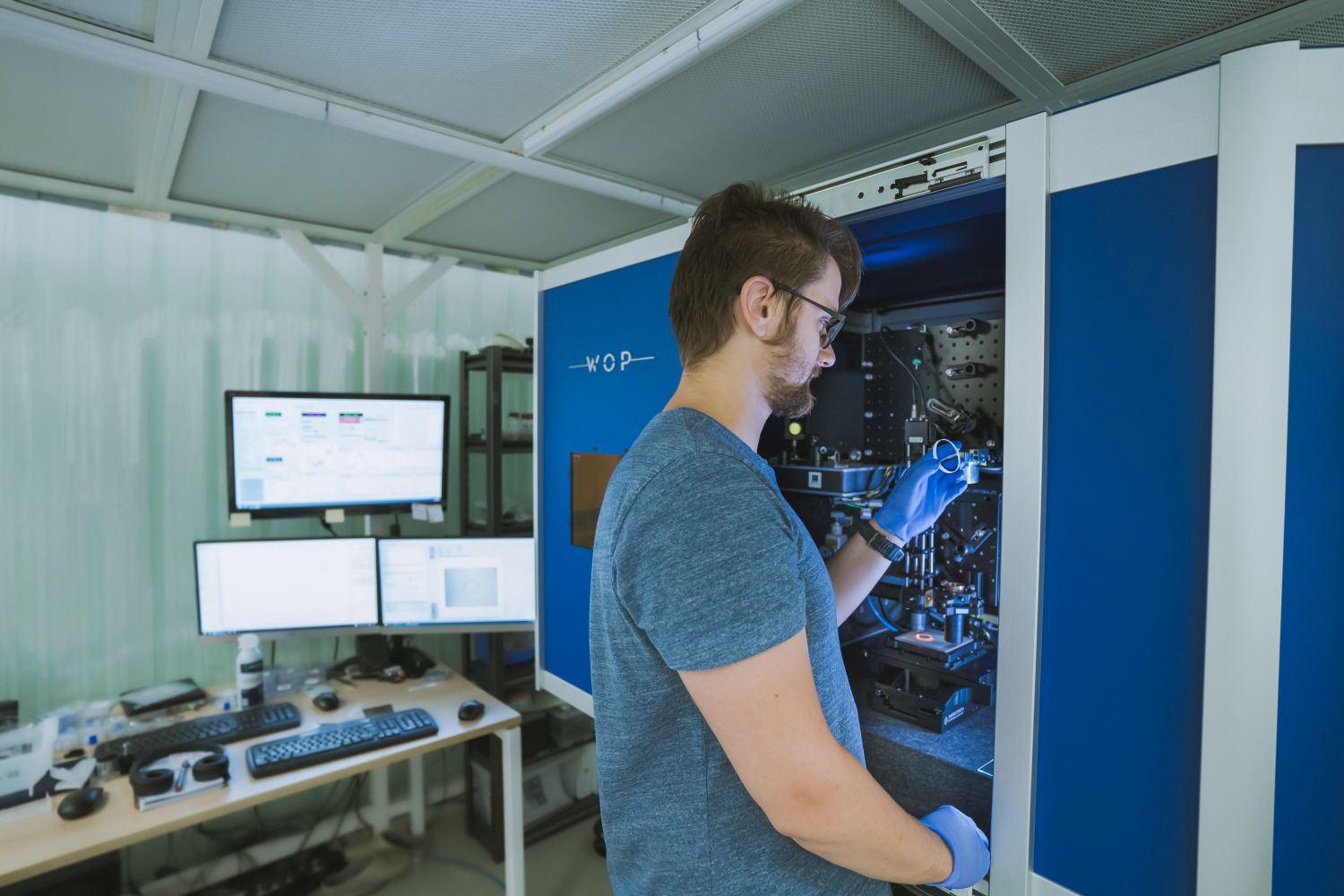



“While the ultrashort laser sources are being constantly developed with growing average power or more complex pulse temporal control, studies in the spatial domain can also lead to improving the performance i.e., higher process speed, better fabrication quality, etc.
By purposely transforming the Gaussian beam of the laser output to a custom beam shape we are able to improve speed and quality in many laser micromachining tasks, where micro-welding of various materials is one of them.
In this work, we apply custom hollow spatially variable waveplates based on nanograting technology (manufactured by Workshop of Photonics) that help to form curved or flat intensity distribution beams.
Using numerical modeling and experimental research we will demonstrate beam transformations that could have an impact on enhancing the micro-welding process in terms of reduced stress or better heat dissipation.”
Read Full Article More about S-Waveplate
“In this study, we have investigated hollow center S-waveplates that can be used to generate flat-top beams in the focal zone. The experimentally obtained flat-top intensity variation was less than 10% peak to valley.
By adjusting input beam size, different beam shapes were also generated. The induced material modifications were compared and it was noted that there were no major advantages in the welding strength, while the differences in generated plasma region could be clearly seen.
Using the same average power, weld seams made by focusing ordinary Gaussian beam induced cracks while using our custom S-waveplate it was avoided.”
Read Full Article More about S-WaveplateThe results, achieved using FemtoFBG present the stabilization of blue multi-emitter modules using fiber Bragg…
This EU-funded project is expected to revolutionize Green Energy Generation from photovoltaic panels across Europe.
WOP participates in the BILASURF project – a new European initiative to develop a solution…